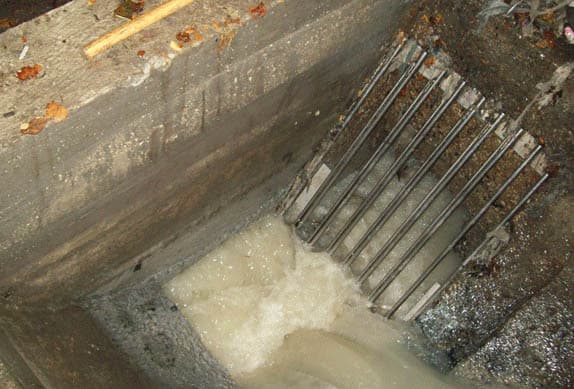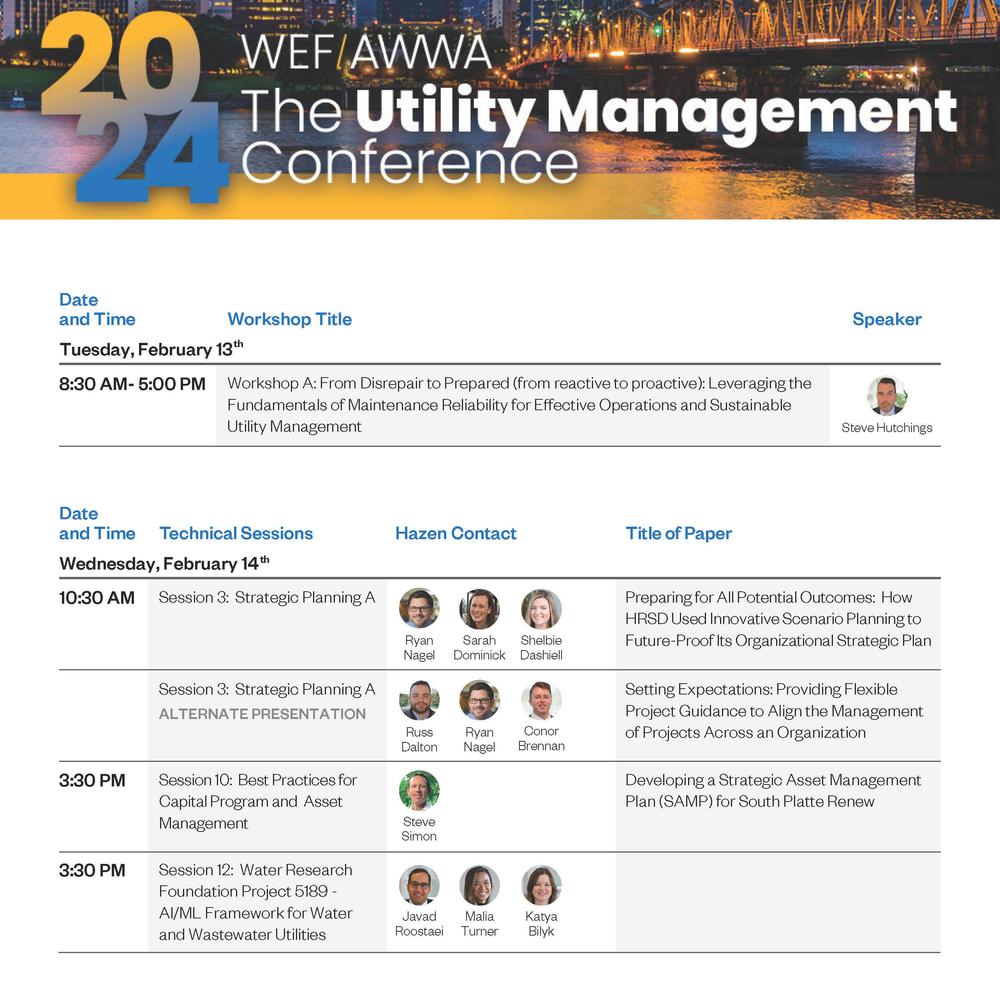Infrastructure Characterization in Northern Kentucky
Our Work

Hazen and Sawyer worked with the two other infrastructure consultants to prioritize overflows throughout the District in order to identify flow monitoring and wet weather sampling requirements. As part of the characterization program, 12 months of monitoring data was collected and used to expand, upgrade, and re-calibrate the District’s hydrologic and hydraulic model (InfoWorks CS). Hazen and Sawyer managed and reviewed the data generated by the 112 flow meters and 11 rain gauges in the East Basin. The updated model was crucial to designing successful long term control of wet weather impacts on water quality.
Also as part of this phase, Hazen and Sawyer was the lead consultant for developing the District’s Nine Minimum Controls (NMC) Compliance program and documentation, which was approved by the reviewing agencies without comment. This effort included assisting the District in fully implementing the NMCs system-wide and documenting compliance to the SPDES permitting agency as mandated by Consent Decree. The plan included the development of a Solids and Floatables Control Program, evaluation and updates to the Industrial Pretreament Program, a catch basin cleaning and retro fit program, and development of an innovative and aggressive continuous sewer assessment program. These improvements are projected to lead to a reduction in CSO volume in the typical year of close to 83MG.
As part of the Solids and Floatables Control Program, Hazen and Sawyer designed and provided construction administration services for three engineered solids and floatables control facilities to address priority outfalls and developed standard details for simple solids and floatables control mechanisms for use in existing regulators to minimize the discharge of solids and floatables. This effort included the hydraulic analysis of 45 regulators in the east basin to determine their potential for retrofit.
As additional effort under this task, Hazen and Sawyer also assisted the District with development of their CMOM program for the separate sewer system. The District’s CMOM Self Assessment was submitted to the regulators in October 2007, and included the details of their new Continuous Sewer Assessment Program, which was developed by Hazen and Sawyer and the District.
Hazen and Sawyer also evaluated the pump stations that require backup power, classifying each based on power needs and prioritizing them based on consequence of failure. Where required, backup power plans were developed and scheduled, and procurement documents were created for early action projects. The Pump Station Operation Plan for Backup Power was submitted to the regulators in December 2007, and approved, and 4 fast-track generator procurement packages were developed to purchase generators while the site designs were finalized.
For 6 pump stations, Hazen and Sawyer assisted the District in developing a bypass elimination plan, including specific solutions to eliminate Consent Decree listed pump station bypasses, within 6 months of Consent Decree entry.

Gary Haubner has decades of water environment experience, including being responsible for meeting budgets and schedule deadlines, allocating staff resources, and communicating with clients.
Related Topics:
Project Outcomes and Benefits
- Updated the District’s hydrological and hydraulic model using twelve months of data from 112 flow meters and 11 rain gauges - crucial to designing successful long term control of wet weather impacts on water quality.
- Developed Nine Minimum Control Compliance programs and documentation as required by the Consent Decree.
- Provided additional analysis and implementation assistance for Nine Minimum Controls related early action projects projected to reduce CSO volume by approximately 83 MG/year.
- Developed and implemented an innovative Continuous Sewer Assessment Program, based on the principles of Asset Management, that uses historical data to develop basin-wide priority scores for structural and service conditions.























